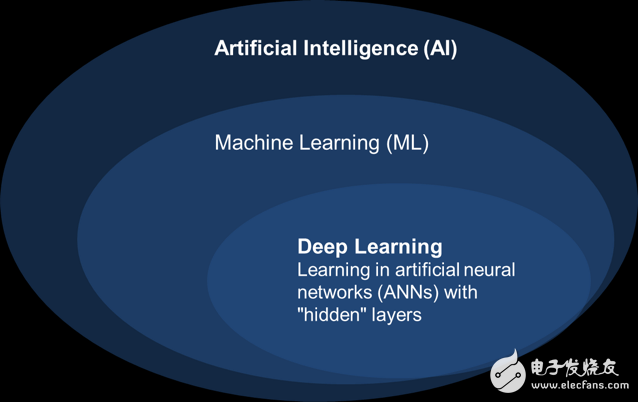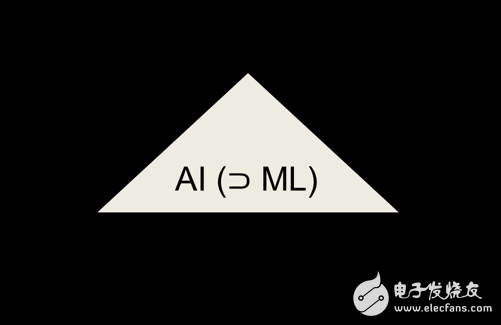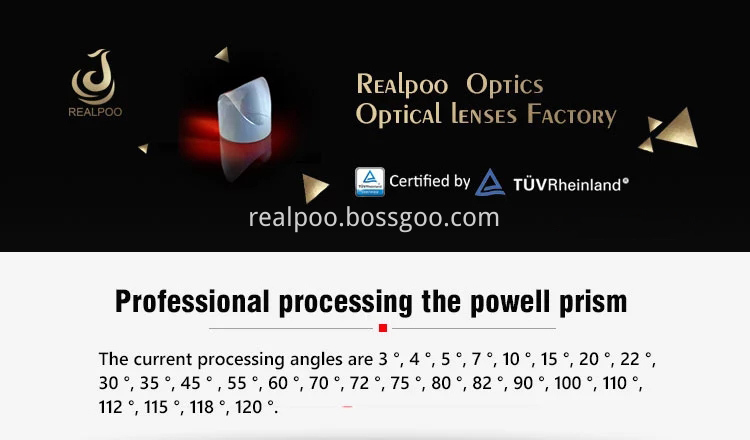Abstract: This article provides an overview of machine learning, explaining what it is, what it can achieve, and how it works. The following is the translated version.
Over the past few months, I've had many conversations with business leaders about artificial intelligence, particularly machine learning. Several of these executives have been questioned by investors about their strategies in this area and where they are applying machine learning within their organizations. So why has this technical topic suddenly become a priority for boardroom discussions?
Computers were designed to assist humans in solving problems. Traditionally, we "write" programs that tell the computer exactly how to perform a task — like a recipe. Many tasks can be clearly defined by algorithms, such as the addition algorithm taught in elementary school. Computers excel at executing these processes quickly and accurately, far surpassing human performance in such cases.

However, not all problems can be easily solved with traditional programming. For example, identifying a cat in a photo seems simple, but describing it through an algorithm is challenging. Even basic features like "four legs" or "two eyes" may not always be visible, and photos might only show part of the animal. Recognizing individual components like legs or eyes is just as difficult as recognizing a full cat.
This is where machine learning shines. Instead of writing explicit rules, the computer learns from examples. To recognize cats, for instance, we train the system using thousands of cat images (a process known as supervised learning). Over time, the model becomes capable of identifying cats in new, unseen pictures.

In this case, the computer doesn’t learn a traditional program or even specific model parameters, such as edge weights in a neural network. This approach is similar to how our brain functions — it's complex, and unlike traditional code, it’s hard for humans to fully understand the internal logic of these networks.

One successful method in this field is deep learning, a subset of machine learning that has achieved remarkable results. In 2012, Google trained a massive neural network using 16,000 computers to identify cats and other objects from 10 million YouTube videos, demonstrating the power of deep learning techniques.

Many real-world challenges fall into the category of "recognizing cats" rather than "adding numbers." These tasks involve pattern recognition in data, such as identifying objects in images, detecting fraud in transactions, or understanding natural language. Solving them with traditional algorithms is often impractical or impossible.
For example, consider predictive maintenance. Sensors generate continuous data streams, and sometimes machines fail. The goal is to detect patterns in the data that precede failure. Once identified, these patterns can be used to predict and prevent future issues before they occur.
Although the concept of machine learning isn't new, it has recently gained widespread attention for three key reasons: first, the availability of large datasets ("big data") for training; second, the immense computing power now available, especially in the cloud; and third, the rise of open-source tools that make machine learning accessible to more people.

Machine learning is not meant to replace traditional programming, but to complement it. It offers powerful tools for tackling complex problems that were previously unsolvable. Overall, it opens up new possibilities and is being integrated into existing systems to enhance their capabilities.
A good example is repetitive tasks. Imagine a program with hundreds of functions, but you only use a few daily. By observing your behavior, the system can predict your next action, improving efficiency. Through learning repetitive patterns, computers can automate steps and speed up workflows.
Machine learning is also making an impact in various fields, such as personalized education (especially in MOOCs), early disease detection, targeted online marketing, customer churn prediction, data quality analysis, and even matching users on dating platforms.

Tools like Spark, integrated with Hadoop, have become central to big data processing and machine learning. Talend is also evolving in this direction, offering modeling solutions that simplify complexity and reduce dependencies on rapidly changing technologies.
While only a small number of experts need to deeply understand machine learning algorithms, it’s beneficial for everyone to grasp its core concepts — such as learning patterns from data and applying them to new situations. Ultimately, machine learning expands the range of problems that machines can solve, enabling automation through decision-making. This means computers can now analyze data and make decisions based on what they’ve learned, opening new opportunities for businesses and individuals alike.
In summary, the message is clear: computers are no longer just following instructions — they're learning from examples. Whether through traditional programming or machine learning, each approach has its place. When combined, they create powerful tools for automation, transforming how we work and interact with technology every day.
Powell prism is a kind of optical prism, which can optimally divide the laser beam into a straight line with uniform optical density, good stability and good linearity after passing through it. The scribing mode is better than the Cylindrical Lens and can eliminate the central hot spot and faded edge distribution of the Gaussian beam.





Laser Line Generators,Red Laser Line Generator,Laser Line Generator Optic,Powell lens, Powell prism
Changchun Realpoo Photoelectric Co., Ltd. , https://www.optics-realpoo.com
